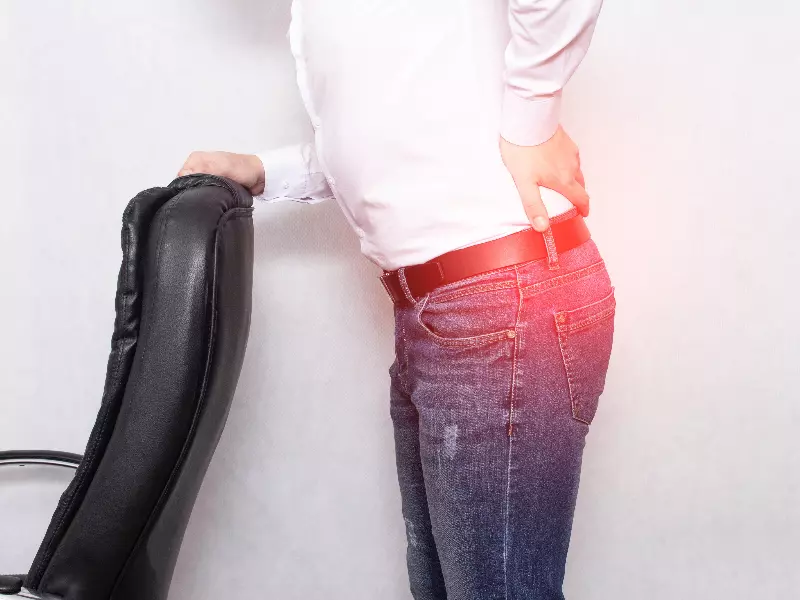

Book Your First Hip Pain Exam Today
Why wait to begin feeling relief? Contact us today to schedule your first appointment.
How Our Hip Pain Care Plan Works
1. Get The Truth
Stop searching for answers. Finally, get the truth about what’s causing your health problems so that you can create a plan to get your life back.
2. Get Real Solutions
Based on your health goals and your doctor’s findings, we’ll customize a plan of attack that will give you the solutions you’ve been desperately searching for.
3. Live A Life Without Limitations
Unleash your full potential and have the impact and purpose God intended for you.
Check Out Our Locations Near You
West Des Moines
1905 EP True Pkwy #207, West Des Moines, IA 50265
St. Charles
133 W Main Street St. Charles, IA 50240
Book Your First Hip Pain Exam Today
Why wait to begin feeling relief? Contact us today to schedule your first appointment.

